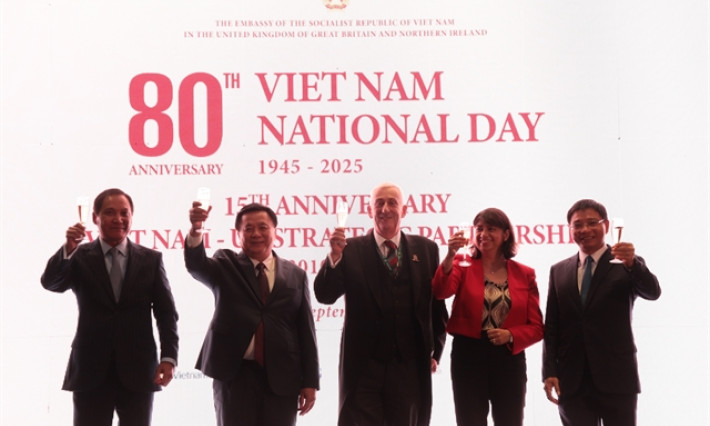Hanoi's historic crab hotpot in a hidden alleyway
In Hanoi's Ba Dinh District, 1946 Cua Bac charms with nostalgic northern Vietnamese cuisine, notably its famed crab hotpot, for patrons seeking traditional Indochina-era flavor in a quiet corner.

Located at 3 Yen Thanh Alley, 61 Cua Bac Street, Ba Dinh District, 1946 Cua Bac is a culinary gem reminiscent of the northern Vietnamese countryside during the Indochina period.
This cozy restaurant, recommended by Michelin in the Bib Gourmand category for its delicious yet affordable offerings, exudes charm with its red-brown tiled roofs, yellow walls, and interior adorned with wood, bamboo, ceramic, and porcelain.
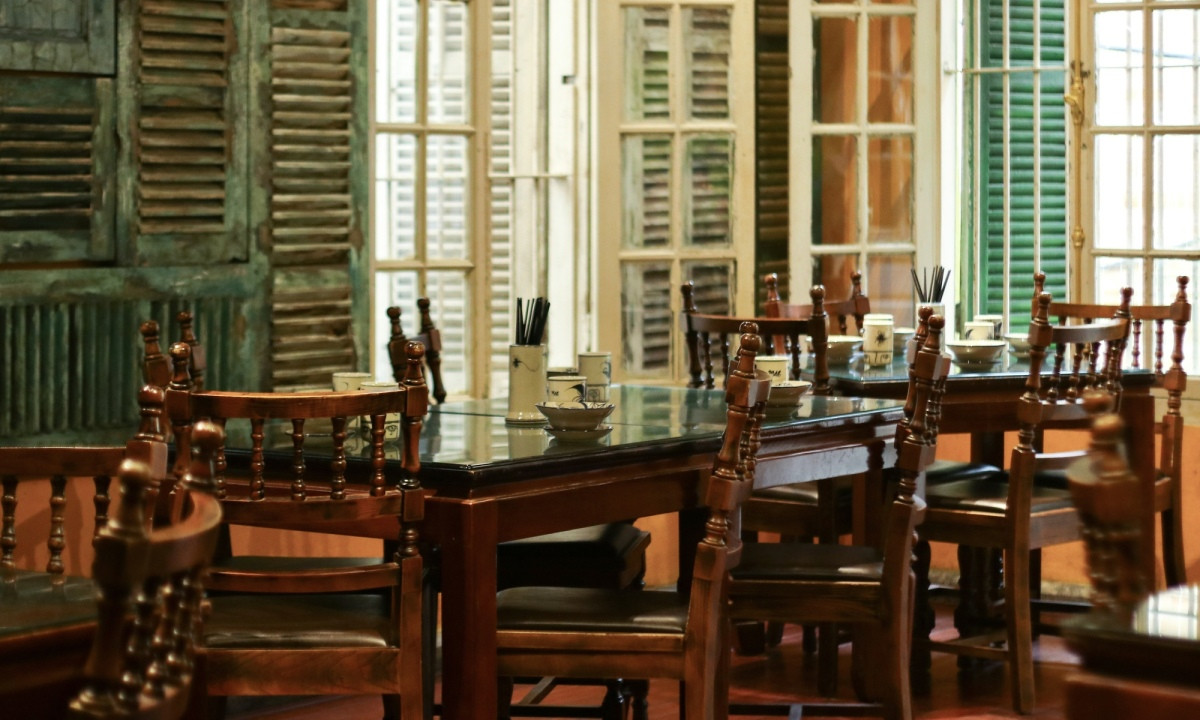
Upon entering, diners are greeted by wooden doors and tables adorned with motifs reminiscent of countryside life. The atmosphere is further enriched by ceramic bowls with bamboo leaf designs and Bat Trang pottery dragonflies, evoking a sense of nostalgia and warmth akin to a traditional country house. Bat Trang is northern Vietnam’s foremost ancient traditional poetry village.
Spanning two floors with a capacity to serve approximately 120 patrons, 1946 Cua Bac opens its doors daily from 10:30 a.m. to 10:30 p.m.
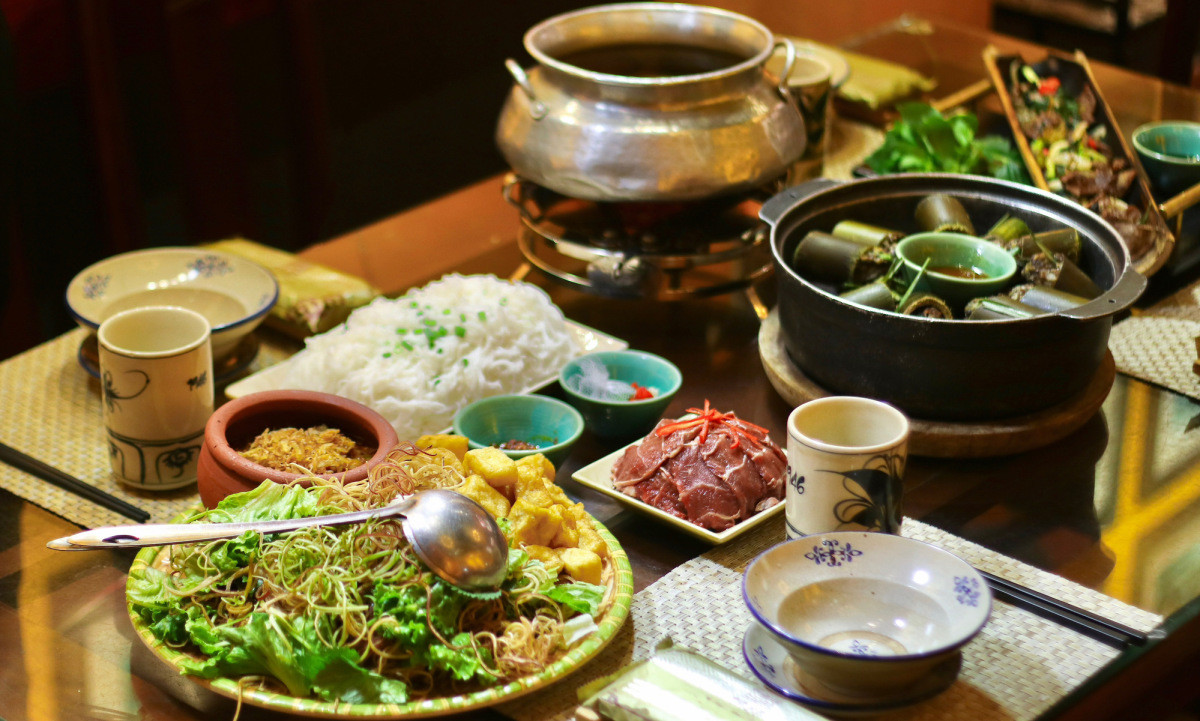
Michelin recommends this restaurant for its crab hotpot and pigeon porridge hotpot.
The crab hotpot is presented in a white aluminum pot. Its design features a broad base, narrow opening, and an upward-facing lid, reminiscent of a hill.
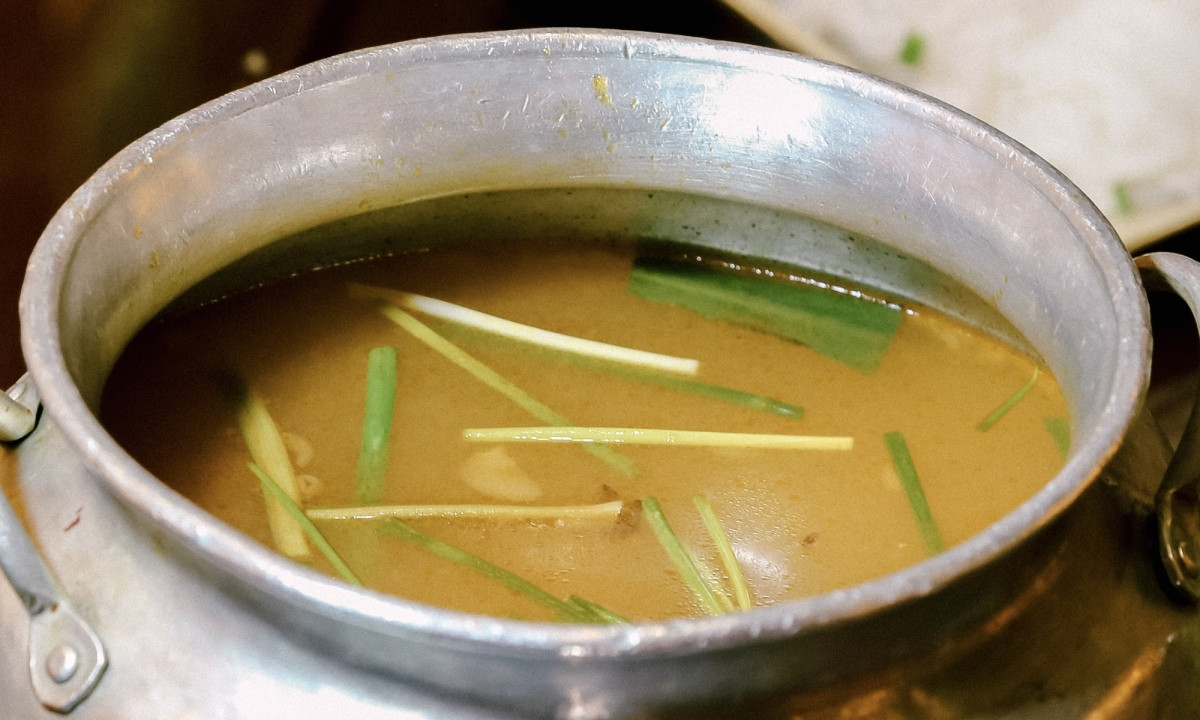
The restaurant enhances its hot pot with giam bong, a traditional Vietnamese vinegar crafted from the fermented remnants of rice wine production. This addition introduces a sourness that harmonizes with the crab's natural sweetness, resulting in a sweet and sour broth. Paired with noodles, it evokes the nostalgic flavors of Hanoi's traditional crab noodle soup.

The hotpot comes with a portion of crab mixture adorned with fried shallots.
Trung Duc, the manager of 1946 Cua Bac, explains that the chefs select fresh crabs, pound and strain them to extract their meat before boiling them in the traditional manner.
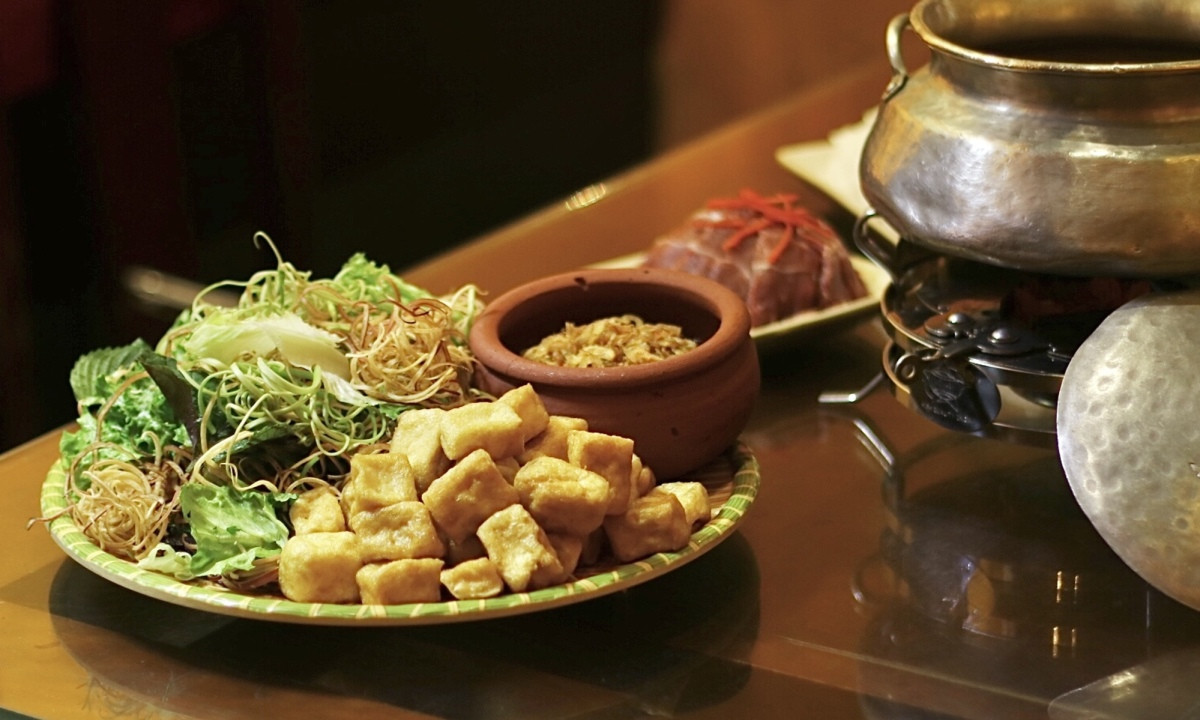
The tofu featured in the crab hotpot hails from Mo Tao Village in Mai Dong Ward, Hoang Mai District. Complementing this are various vegetables such as grated banana flowers, split water spinach, perilla, and lettuce.
The hotpot is also served with sliced beef and a side of vermicelli.

Upon serving the hot pot, diners begin by adding half of the bowl of crab mixture to the broth, enhancing its sweetness and richness. Once the broth reaches a boil, vegetables, tofu, and beef are added, allowing them to cook to perfection before savoring.
For those preferring vermicelli noodles, just put them in a bowl with your favorite toppings. Pour in the hot broth, and enjoy the mix of flavors and textures.
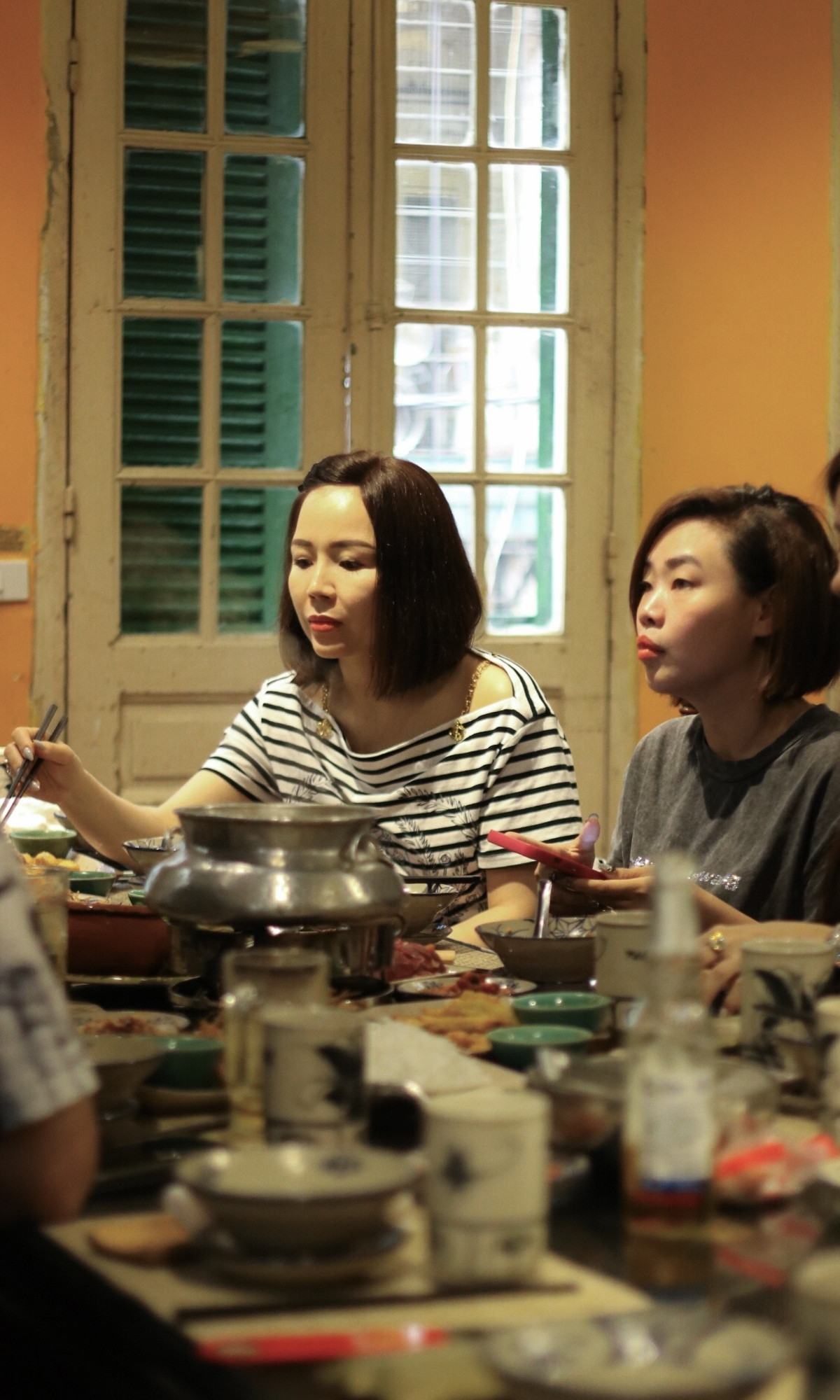
After dining at the restaurant and trying around 15 dishes over three years, Dinh Van Anh from Ba Dinh District has developed a fondness for the crab hotpot. She praises its sweet and slightly fatty broth, and she finds the combination of crab hotpot with beef shank to be a blend of innovation and tradition.
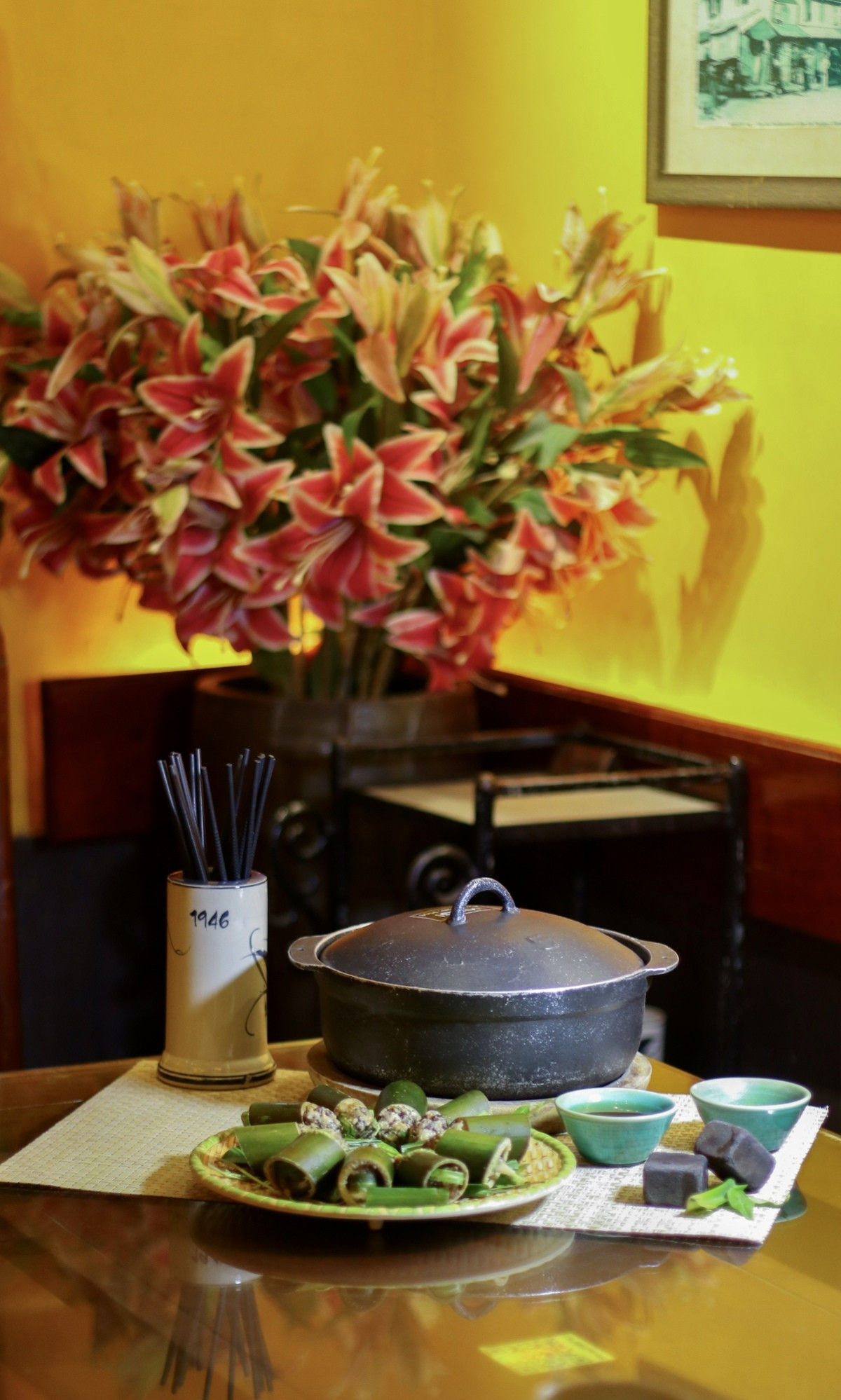
In addition to the crab hotpot, many diners also enjoy the steamed snails, a favorite due to their unique cooking method and flavor. The snails are chopped and mixed with meat, wood ear mushrooms, and spices, then shaped into balls and placed in bamboo tubes.
Served in a cast iron pot filled with 5-6 heated square stones, the snails are presented on stones and drizzled with apricot wine. As the wine drops onto the hot stones, it sizzles, creating white smoke and releasing heat. The pot is covered, and after 6 minutes, the snails are cooked to perfection. Diners relish them with a sweet and sour dipping sauce prepared by the chef.
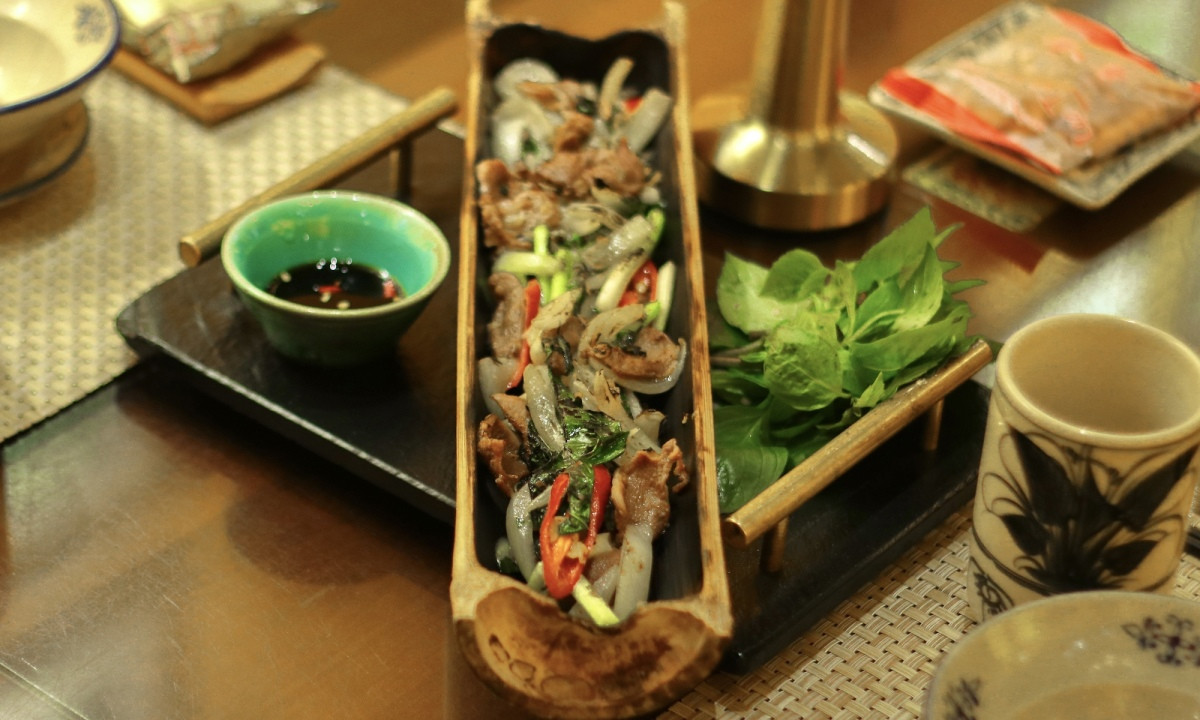
Apart from the crab hotpot, the restaurant offers a variety of beef and pork dishes, including grilled beef tongue served in bamboo tubes. In addition, diners can savor country-style delicacies such as crabs, frogs, and eels, alongside home-cooked dishes like fresh crab soup, clam soup, stir-fried pork belly, braised chicken with ginger, and broken rice.
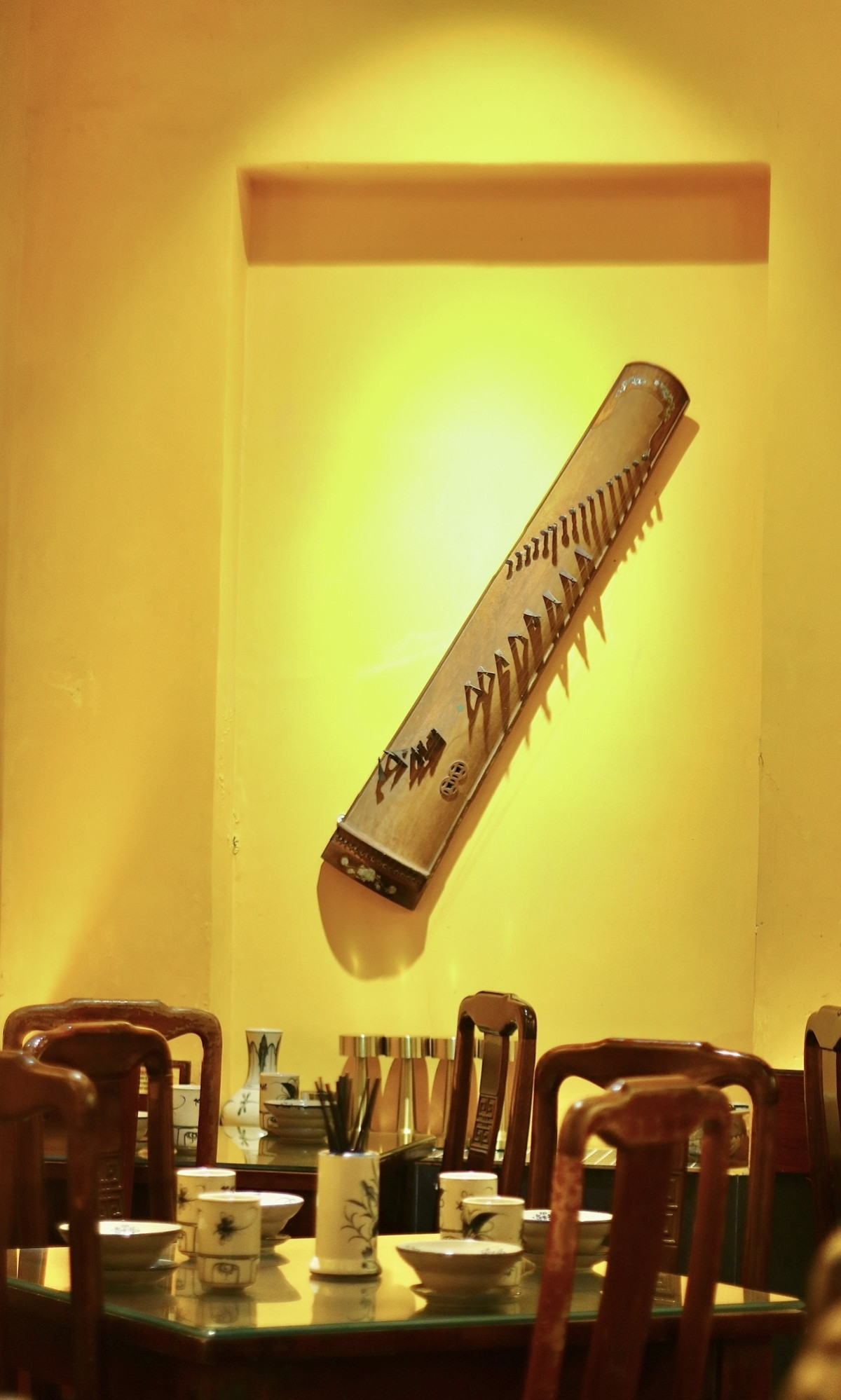
The restaurant attracts a diverse clientele, with 70% being locals and office workers, while tourists from Asia, including Japan, Korea, China, and Taiwan, make up about 20%, and European tourists comprise about 10%. Since being recommended by Michelin, there has been a 20% increase in foreign visitors, primarily from Europe, according to the restaurant manager.
Individual dishes are served more regularly rather than combos, with prices ranging from VND50,000 to VND200,000 ($2 to $7.80) per dish.
Due to its location in a hidden alley without signboards on the main road, diners are advised to locate the restaurant beforehand to avoid any inconvenience. The manager also suggests making reservations in advance, especially during peak hours at noon and in the evenings on weekdays, to ensure a table is available without having to wait.


